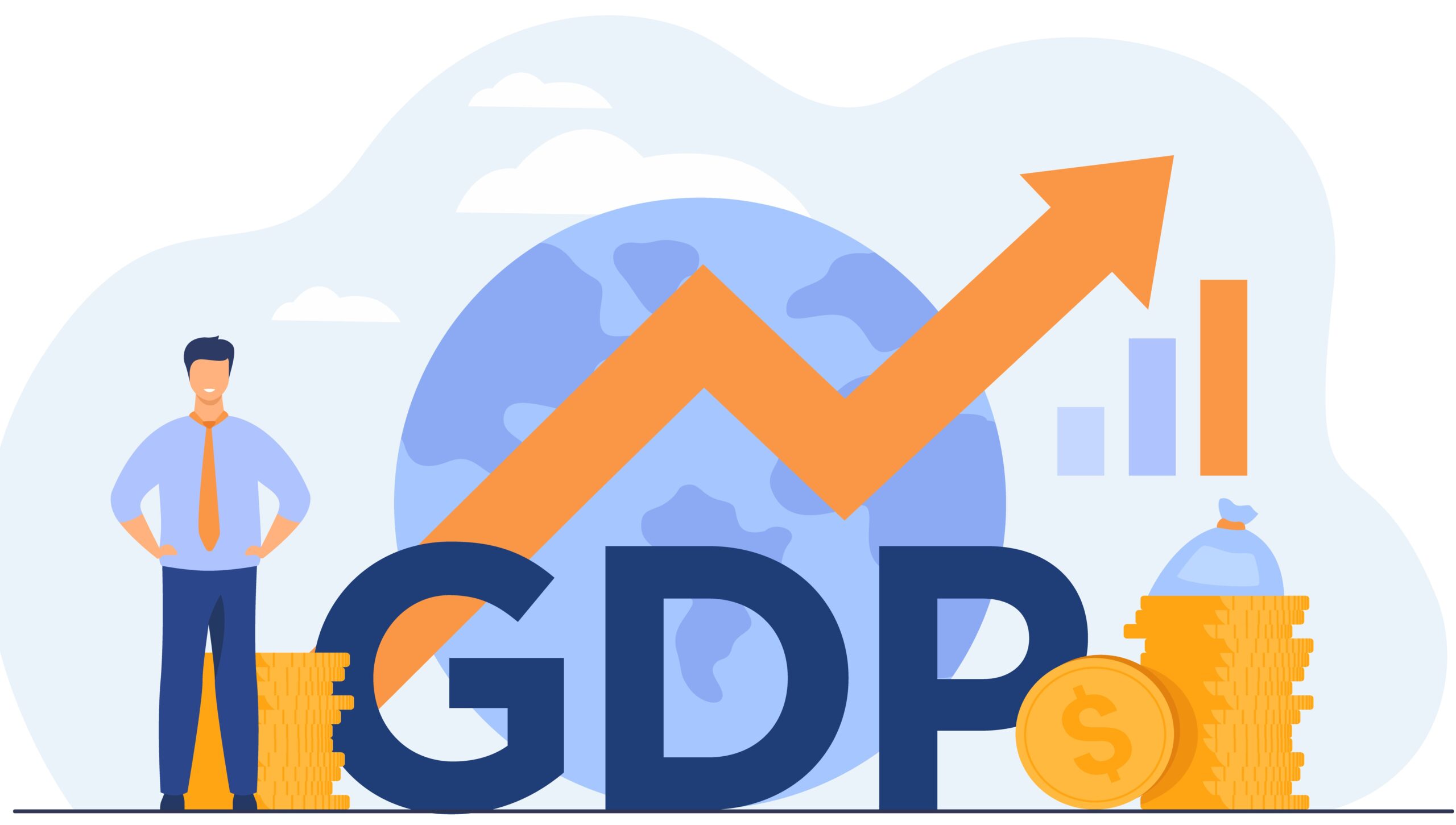Fitch Ratings, one of the top global credit rating agencies, holds a pivotal role in assessing and forecasting economic outlook. Their evaluations provide crucial insights into economies worldwide, shaping the narrative around growth projections, inflation forecasts, and fiscal management. Recently, Fitch has directed its focus toward India’s robust economic potential, offering a positive outlook on the country’s growth trajectory. The agency’s latest reports shine a light on the driving factors behind India’s economic performance and present an optimistic projection for the years to come.
Economic Outlook for Fiscal Year 2023-2024 and Beyond
Fitch has revised its growth forecast for India’s economy for the fiscal year 2023-2024, raising it to 7.8%. This figure surpasses the Indian government’s own projections of 7.6%, demonstrating Fitch’s confidence in the country’s resilience and capacity for economic expansion. The revision is anchored in India’s remarkable 8.4% GDP growth during the third quarter of the current fiscal year, which outpaced earlier expectations. This upward revision underscores the robust nature of India’s economy, especially when compared to global peers facing uncertainties due to geopolitical tensions and economic slowdowns.
Looking further ahead, Fitch maintains its positive outlook, forecasting a 7% growth rate for fiscal year 2024-2025. This outlook is underpinned by India’s strong economic fundamentals, including robust domestic demand, strategic policy measures, and a growing emphasis on innovation and infrastructure development. With India’s economy projected to grow steadily in the coming years, Fitch’s forecasts reflect confidence in the government’s ability to foster an environment conducive to sustainable growth.
Key Growth Drivers for India’s Economic Outlook
Several key factors contribute to Fitch’s optimistic projections for India. First, domestic demand remains a powerful engine of growth, supported by a rising middle class, increased consumption, and government efforts to bolster spending in infrastructure, healthcare, and digital transformation. Additionally, India’s strong export performance in sectors like technology and pharmaceuticals further adds to the nation’s economic strength, helping it maintain a competitive edge globally.
Fitch also highlights India’s structural reforms, which have streamlined business regulations, simplified tax structures, and improved ease of doing business. These reforms, alongside the government’s focus on promoting manufacturing under the ‘Make in India’ initiative, have attracted foreign direct investments (FDI), further strengthening the country’s economic foundation.
Another key factor supporting Fitch’s positive economic outlook is the government’s sustained focus on infrastructure development. Projects such as the National Infrastructure Pipeline (NIP) and the PM Gati Shakti program are designed to modernize India’s infrastructure, facilitating smoother trade and improving connectivity across sectors. As these initiatives take root, they are expected to boost productivity, enhance competitiveness, and attract further investments.
Challenges and Opportunities in a Dynamic Landscape
Despite this optimism, Fitch is mindful of the challenges that could temper growth. Global economic uncertainties, particularly due to inflationary pressures, remain a concern. Food price volatility, driven by supply chain disruptions and climate-related issues, is one of the significant risks facing India’s economy. The ongoing fluctuation in global energy prices also poses challenges, especially as India continues to balance its energy needs with sustainable development goals.
However, Fitch remains optimistic about India’s ability to navigate these challenges. The Indian government’s proactive fiscal measures, combined with the Reserve Bank of India’s (RBI) vigilant stance on monetary policy, provide a robust framework to address these concerns. The RBI’s hawkish approach to inflation management—coupled with policy actions aimed at stabilizing food and energy prices—demonstrates a commitment to preserving macroeconomic stability while fostering growth.
Implications for India’s Monetary Policy

Fitch’s projections offer critical insights into India’s monetary policy direction. The agency expects inflation to stabilize around 4% by the end of 2024, which would ease the pressure on the RBI. In light of this anticipated stabilization, Fitch predicts that the RBI will cut interest rates by 50 basis points in the second half of 2024. This easing of monetary policy would support continued economic growth by lowering borrowing costs, stimulating investment, and encouraging consumer spending.
The RBI’s efforts to balance inflation control with economic growth will be pivotal in shaping India’s medium-term growth trajectory. Fitch’s forecast of a more dovish monetary policy in the latter half of 2024 indicates confidence in India’s ability to bring inflation under control, allowing the central bank to shift its focus toward promoting economic expansion.
Global Comparisons: India’s Performance Amidst Global Uncertainty
Fitch’s analysis goes beyond India’s borders, providing valuable global context. The agency has revised down its growth projections for China to 4.5% for 2024, reflecting ongoing challenges in China’s property sector and broader deflationary pressures. In contrast, Fitch has raised its global GDP growth forecast to 2.4% for 2024, driven by stronger-than-expected growth in the U.S. economy. These revisions highlight the dynamic nature of global economic trends and underscore India’s relatively strong position in comparison to other major economies.
Fitch’s projections highlight India’s resilience in navigating global headwinds, including inflationary pressures and supply chain disruptions. As one of the fastest-growing economies globally, India’s economic performance offers a stark contrast to the slower growth rates projected for other large economies, reinforcing the narrative of India as an emerging economic powerhouse.
Conclusion: India’s Bright Economic Outlook
Fitch Ratings’ assessments of India’s economic trajectory paint a compelling picture of resilience, growth, and opportunity. With strong domestic demand, proactive policy measures, and an environment conducive to business and investment, India is well-positioned for sustained economic expansion in the years ahead.
While challenges such as inflation and global uncertainties remain, Fitch’s confidence in India’s economic fundamentals suggests that the country is more than capable of overcoming these obstacles. The agency’s projection of a 7% growth rate for fiscal year 2024-2025 underscores India’s potential to continue its upward trajectory and solidify its position as a key player in the global economy.
For policymakers, investors, and business leaders, Fitch’s insights offer a valuable roadmap for navigating India’s dynamic economic outlook. As the country continues to grow, evolve, and innovate, the foundations laid today will determine the extent of its success in shaping a prosperous and sustainable future. Through its balanced assessments, Fitch Ratings is a beacon of informed analysis, guiding decision-makers as India’s economic journey unfolds.
Also read: Foreign Direct Investment: A Catalyst for India’s Economic Growth
